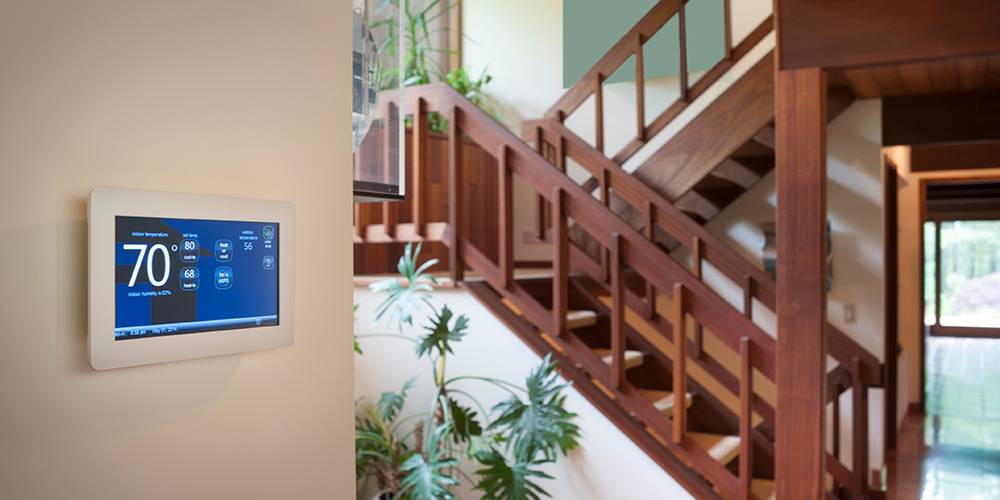The rising costs of household necessities across the country have many people thinking seriously for the first time about their energy use at home.
The Pennsylvania Public Utility Commission recently alerted consumers that most electric companies will be adjusting their prices on June 1. Depending on their electricity supplier and usage, customers are likely to see sharp increases, anywhere from 6 to 45 percent, in their electric bills. On August 10, the PA PUC advised residents and businesses served by several major utilities that electric generation prices for non-shopping customers are expected to rise again on Sept. 1, 2022.
Households in the Northeast United States spend an average of $1,558 on their electricity bill every year. On average we consume 10,599 kilowatt hours (kWh) of electricity at a cost of 14.70 cents/kWh, according to the U.S. Energy Information Administration.
If you’d like to lower your electricity bill, think of a plug and take a three-prong approach:
- Shop wisely for your electricity supplier,
- Step up your energy efficiency game, and
- Check out utility cost assistance programs.
Shop wisely for your electricity supplier
Now is a great time to consider whether you’d benefit from switching from the default electricity supplier chosen by your electricity company to a supplier you choose in the competitive marketplace.
It takes a little research, but fortunately you can do it in one place: PaPowerSwitch, the official electricity shopping website of the Pennsylvania Public Utility Commission. The website provides helpful educational information on all aspects of switching providers, including what questions to ask.
To get started, you simply type in your zip code. It’s also helpful to have a few recent electric bills on hand, so you’re aware of how many kilowatt hours you’re using each month.
Depending on where you live, you may be able to lower your electric bill. You can shop around and choose a supplier that offers rate structure options (i.e., a fixed rate or a variable rate), the best price, and a specific service you want, such as electricity supplied by solar or wind energy. When shopping for electricity, be careful to read all of the conditions that come with your contract, particularly if you are considering a variable rate program.
Step up your energy efficiency game
It’s never been a better time to get into energy efficiency. DEP offers tips on home energy efficiency, including tools to measure your energy use, and the Energy Saver blog of the U.S. Department of Energy provides extensive information on everything from air sealing to appliances, water heating to windows and doors. The Pennsylvania Public Utility Commission offers many ways to save energy, including sealing air leaks, measures to reduce cooling and heating, and cutting appliance and water use.

Take advantage of energy cost assistance programs for Pennsylvanians
Numerous programs are available to help Pennsylvanians reduce their energy use and lower their utility bills. Here are a few to check out:
Act 129 Energy Efficiency and Conservation Programs: State law requires the largest electricity companies to offer customers energy efficiency programs, including information and incentives. Offerings vary by company, but some even provide rebates. For example, did you know you might get a rebate for installing attic insulation?
Natural Gas Energy Efficiency Programs: Natural gas companies also provide customers with energy efficiency programs, including educational tips and cost assistance. For example, you might get a free energy audit or a rebate on a hot water heater.
Pennsylvania Weatherization Assistance Program: The Pennsylvania Department of Community and Economic Development provides lower income households on-site energy audits to identify the most cost-effective energy-saving weatherization measures to be installed and helps with the cost of installing them. For example, blower-door-guided air sealing can be used to locate and reduce air leakage throughout the home, and attic, wall, basement and crawlspace insulation and ventilation can be installed to reduce energy loss.
Pennsylvania Low-Income Usage Reduction Program: The Pennsylvania Public Utility Commission requires that utility companies install weatherization measures to reduce household energy consumption and repair existing housing for eligible low-income families.
Bonus: A healthier environment for you and Pennsylvania
Being energy smart not only takes some pressure off your budget, but also helps make the air healthier in your community, reduces power plant water usage, and helps slow down climate change. That’s pretty cool.
